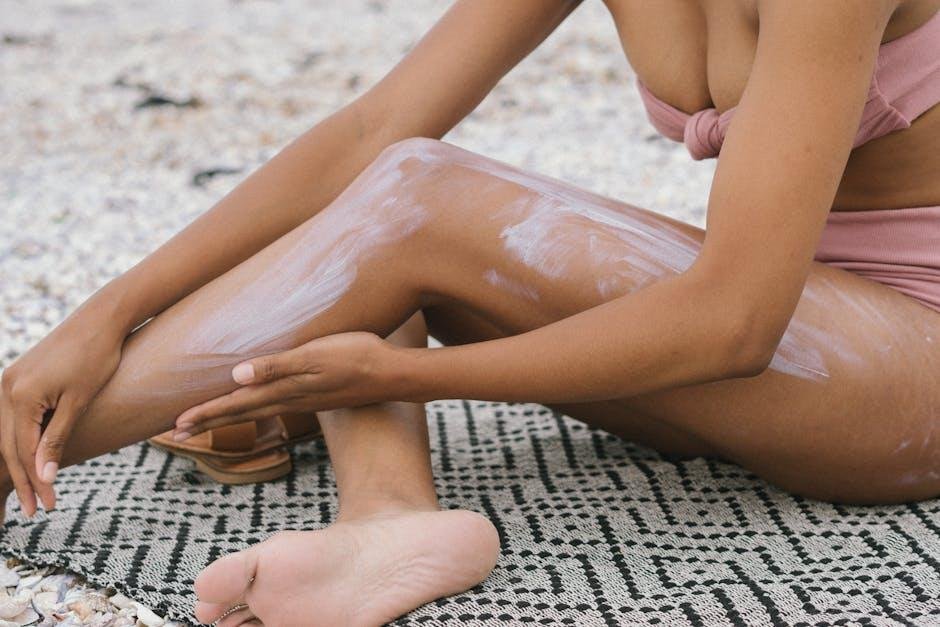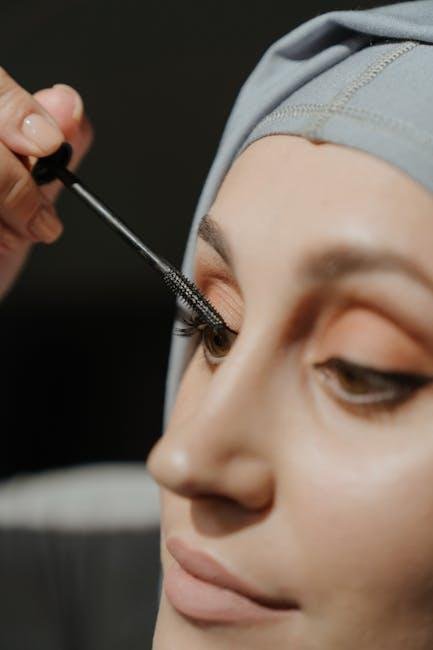As the sun rises higher in the sky and beckons us outdoors,the importance of protecting our skin from its powerful rays becomes ever more apparent. In a world where skincare regimens are as diverse as the individuals who follow them,choosing the right sunscreen can feel like an overwhelming task. Enter our comprehensive ”Sunscreen Guide 2025,” designed to illuminate your path to the perfect formula tailored to your unique skin type.Whether you have sensitive, oily, dry, or combination skin, we’ve rounded up the best products on the market, breaking down their key ingredients and benefits. With the latest innovations and expert recommendations, this guide will help you navigate the myriad of options, ensuring that you find a sunscreen that not only shields your skin from harmful UV rays but also enhances its health and beauty. Dive into the details and discover how to embrace the sun safely, confidently, and stylishly.
Choosing the Right Sunscreen Formula for Your Skin type
Finding the perfect sunscreen formula tailored to your skin type is essential for effective sun protection. For oily or acne-prone skin, opt for lightweight, oil-free gels or lotions that won’t clog pores. Look for non-comedogenic options with a matte finish, which help to absorb excess oil and manage shine throughout the day. Ingredients like zinc oxide or titanium dioxide provide physical protection without exacerbating breakouts, while added antioxidants can definitely help combat oxidative stress from sun exposure.
If you have dry or sensitive skin, choose creams or lotions enriched with hydrating ingredients such as hyaluronic acid or glycerin. Formulas that incorporate soothing agents like aloe vera or tamarind seed extract can help calm irritation while providing ample moisture. For those prone to redness, mineral sunscreens with physical blockers are frequently enough gentler and less likely to cause reactions. Always look for a broad-spectrum (UVA and UVB) label and an SPF of 30 or higher to ensure comprehensive protection.
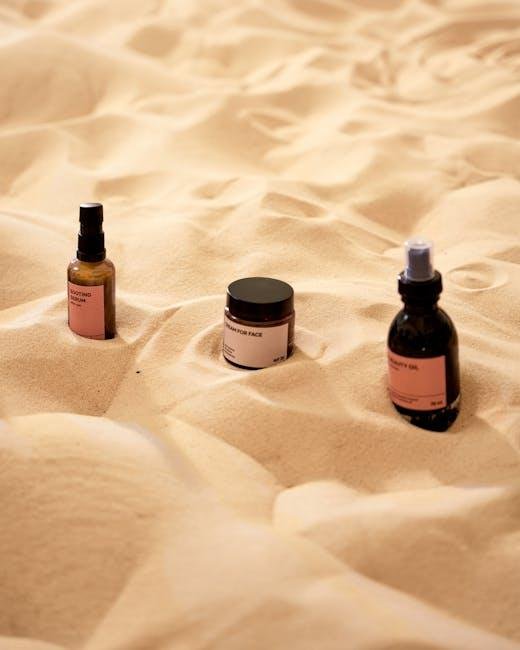
Harnessing the Power of Ingredients: What to Look For
When selecting the right sunscreen, it’s essential to understand the key ingredients that can affect your skin’s health and protection. Look for formulas that contain broad-spectrum protection, which means they guard against both UVA and UVB rays. This is crucial as UVA rays contribute to skin aging and deep tissue damage, while UVB rays are responsible for sunburn. additionally,consider looking for the following ingredients:
- Zinc oxide: A physical blocker that provides excellent UV protection and is ideal for sensitive skin.
- Avobenzone: A chemical filter that effectively absorbs UVA rays.
- Octocrylene: Helps stabilize other sunscreen ingredients and offers UVB protection.
- Vitamin E: Acts as an antioxidant,helping to protect the skin from oxidative stress caused by sun exposure.
- Aloe Vera: adds hydration and soothes skin, making it ideal for post-sun exposure.
In addition to protective ingredients, consider your skin type when choosing a formulation. For oily or acne-prone skin, look for non-comedogenic formulas, often labeled as oil-free or matte finish. Conversely,for dry skin,select sunscreens enriched with moisturizing ingredients like hyaluronic acid or glycerin. Below is a simple table to help you match ingredients with skin types:
| Skin Type | Recommended Ingredients |
|---|---|
| Oily | Oil-free, Matte finish, Salicylic acid |
| Dry | Hyaluronic Acid, Glycerin, Sheer Oils |
| Sensitive | Zinc Oxide, Aloe Vera, Fragrance-free |
| Combination | Lightweight lotion, Broad-spectrum, non-comedogenic |
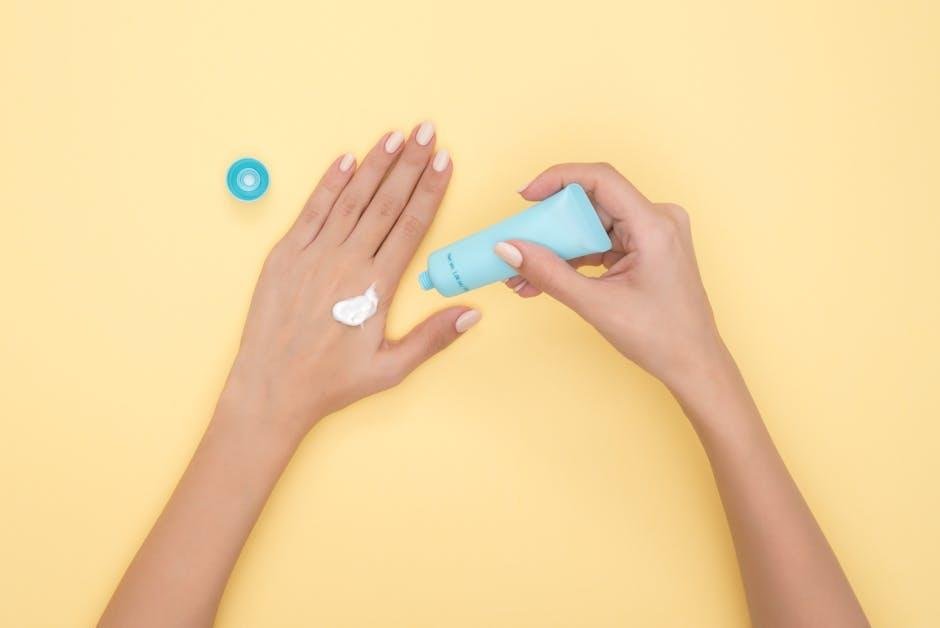
The Best Sunscreens for Oily, Dry, and Combination Skin
Choosing the right sunscreen can transform your skincare routine, particularly when factoring in your specific skin type. For oily skin, lightweight formulations are essential. Look for gel-based or matte-finish sunscreens that contain non-comedogenic ingredients. Products that incorporate zinc oxide or titanium dioxide offer effective protection without clogging pores or adding excess shine. The following options are highly recommended:
- Neutrogena Hydro Boost Water Gel Lotion SPF 30 – A hydrating gel that absorbs excess oil while protecting against harmful UV rays.
- La Roche-Posay Anthelios Clear Skin Dry Touch Sunscreen SPF 60 – Specifically designed for oily skin, this formula provides a weightless, matte finish.
on the other hand,individuals with dry skin should seek out sunscreens infused with hydrating ingredients like hyaluronic acid or glycerin. Creamy or lotion-based formulas can definitely help retain moisture while delivering essential sun protection. Consider thes favorites:
- CeraVe Hydrating Sunscreen SPF 30 - This sunscreen not only protects but also replenishes and locks in moisture.
- Supergoop! Glowscreen SPF 40 – A luminous formula that hydrates and gives skin a healthy glow.
For those with combination skin, finding a balanced formula that caters to both oily and dry areas is key. Look for sunscreens that provide a moisture boost without a greasy residue. Here are some standout products:
- Drunk Elephant Umbra Sheer Physical Daily Defense SPF 30 – This lightweight and hydrating formula works well on all skin types.
- EltaMD UV Clear Broad-Spectrum SPF 46 – Perfect for sensitive and combination skin, this sunscreen helps calm irritation while protecting against UV damage.
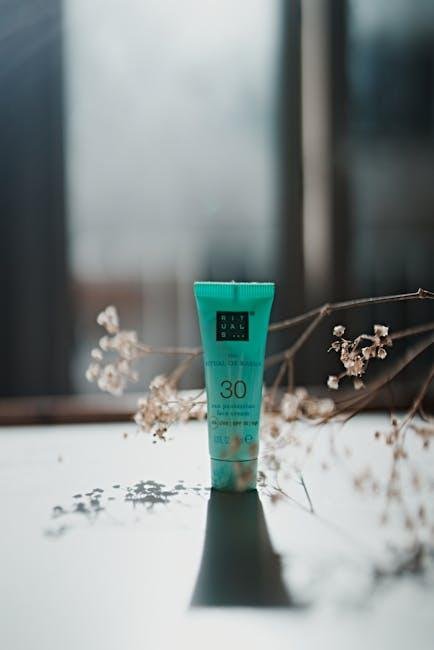
Application Tips and Myths: Maximizing Your sun Protection
applying sunscreen is more than just slathering it on before hitting the beach; it’s an art that can significantly impact your skin’s health. Start by applying sunscreen generously—ideally, about a shot glass full for your entire body. Make sure to rub it in well, paying particular attention to tricky spots like the ears, back of the knees, and between the toes. Reapply every two hours, or instantly after swimming or sweating. Remember, even on cloudy days, up to 80% of UV rays can penetrate clouds, so never skip this crucial step.
There are several myths surrounding sunscreen that can lead to inadequate protection. As a notable example,some believe that a higher SPF means they can stay in the sun longer without reapplying. This is misleading; SPF ratings primarily indicate the level of UVB protection, not how long you can stay in the sun. Additionally, a common misconception is that once you’ve applied sunscreen, you’re good for the entire day. However, water-resistant formulas still require reapplication after a specific duration. To clarify these facts, here’s a quick comparison:
| Myth | Truth |
|---|---|
| Higher SPF = longer Protection | SPF only indicates UVB protection; reapply every 2 hours. |
| Cloudy days don’t require sunscreen | Up to 80% of UV rays can penetrate through clouds. |
| One application lasts all day | Reapply, especially after swimming or sweating. |
The Conclusion
As we wrap up our comprehensive guide to the best sunscreen formulas for every skin type in 2025, it’s important to remember that sun protection is not just a seasonal commitment but a vital part of your daily skincare routine. Embracing the right sunscreen tailored to your individual needs not only shields your skin from harmful UV rays but also nurtures its health and radiance.
With innovative formulations and groundbreaking ingredients emerging, this year offers a wealth of options that cater to diverse skin types—whether you’re battling sensitivity, oiliness, or the trials of aging skin. Take the time to explore, experiment, and discover what works best for you, and make sun safety a priority in your life.
Ultimately, the best sunscreen is one that you’ll use consistently, helping to preserve your skin’s beauty for years to come. So lather up, step into the sunlight, and enjoy the outdoors knowing you’re protecting your skin. Here’s to radiant, sun-kissed days free from worry!


